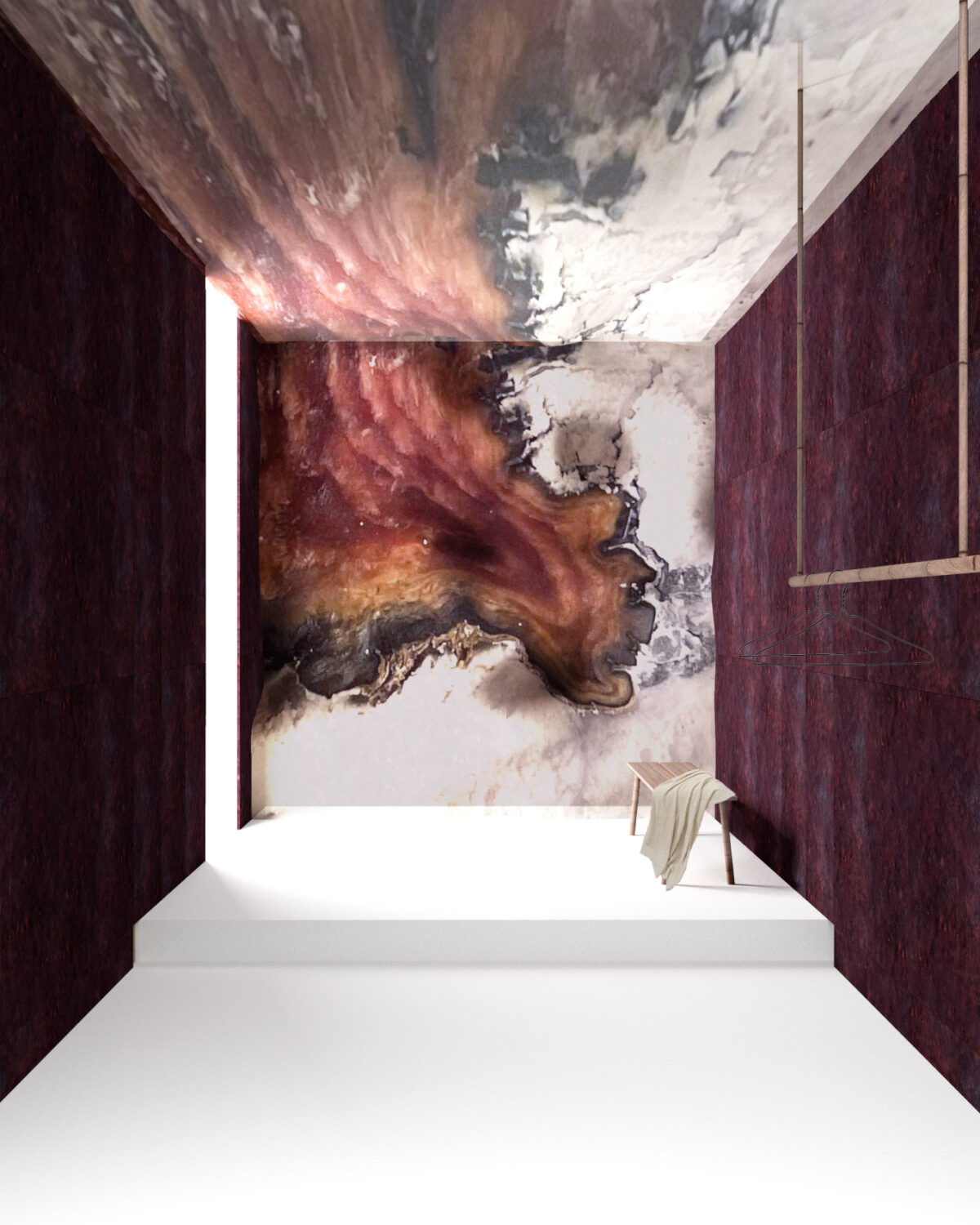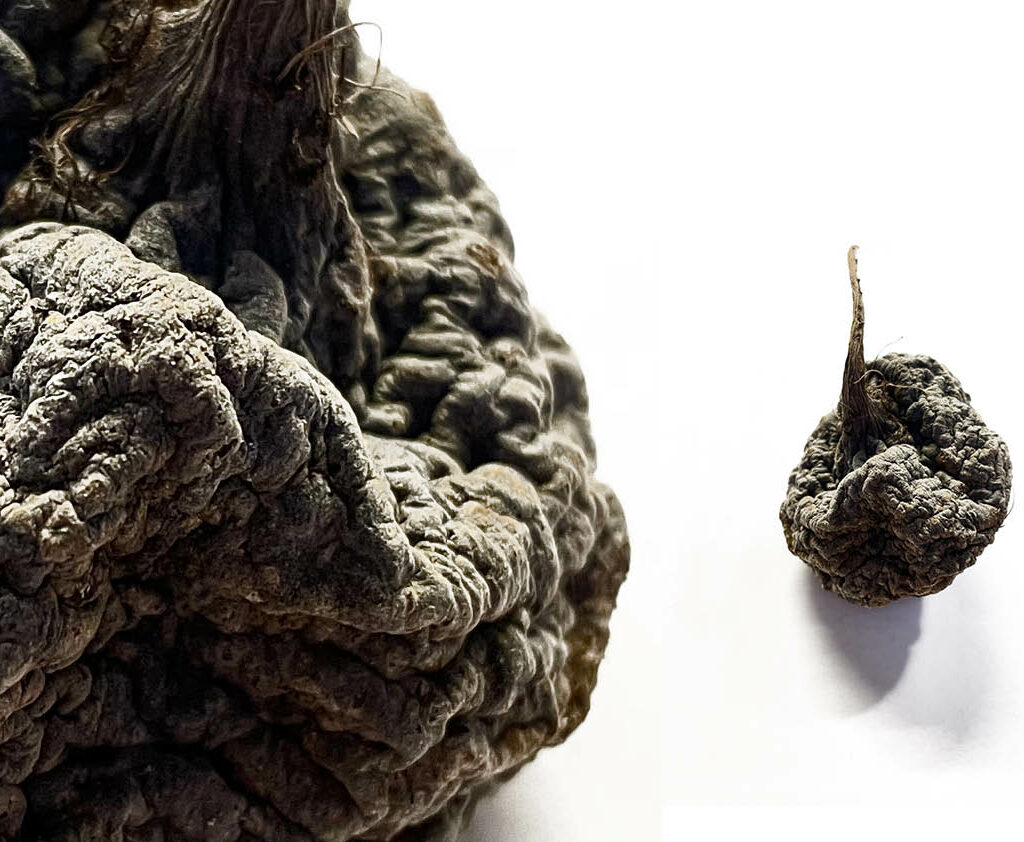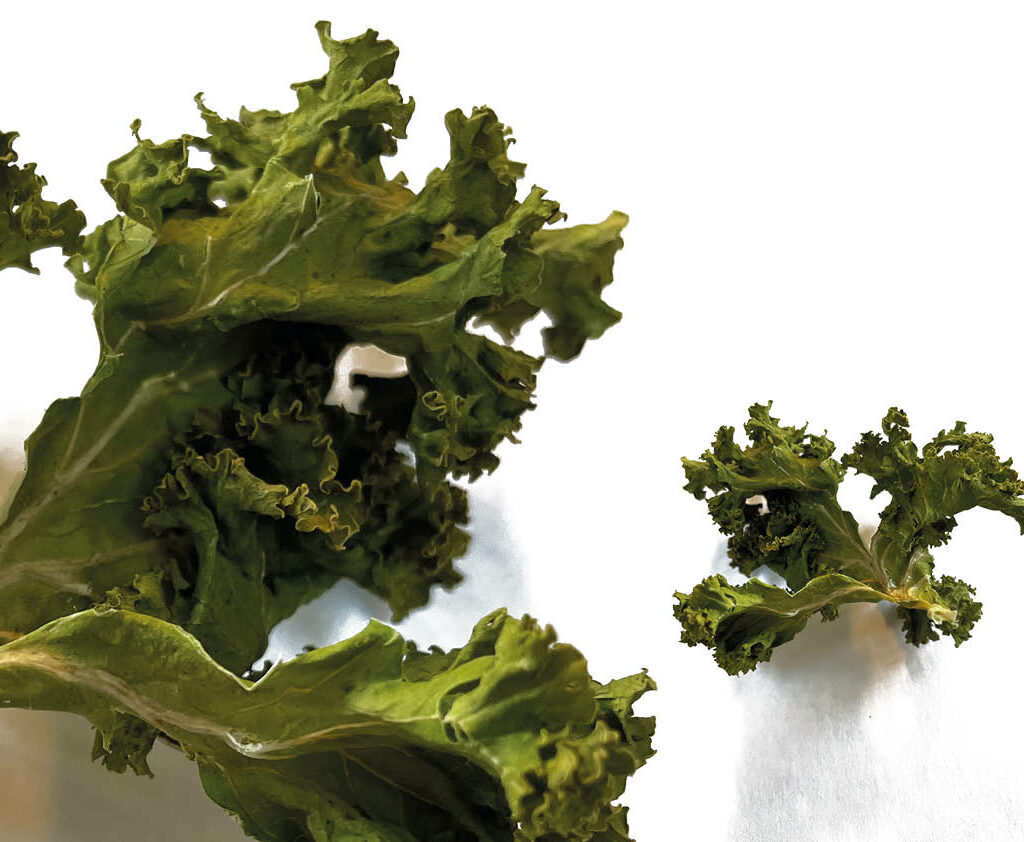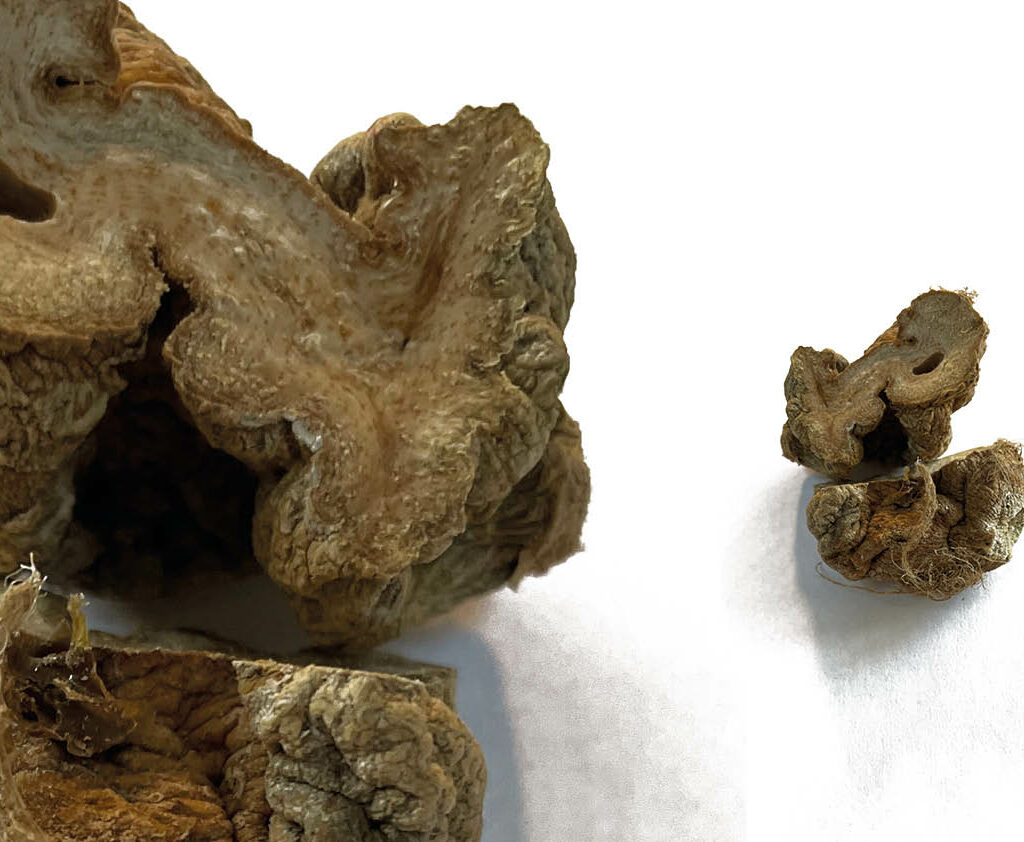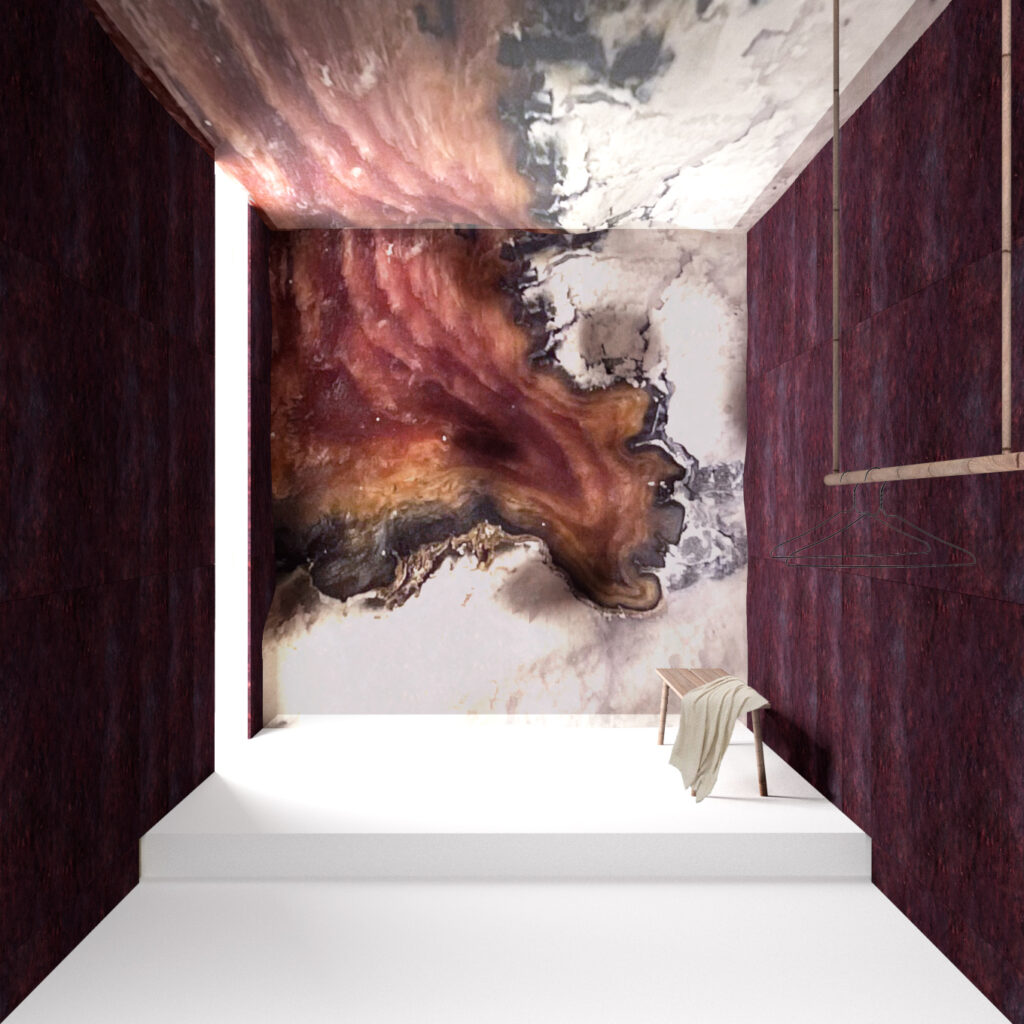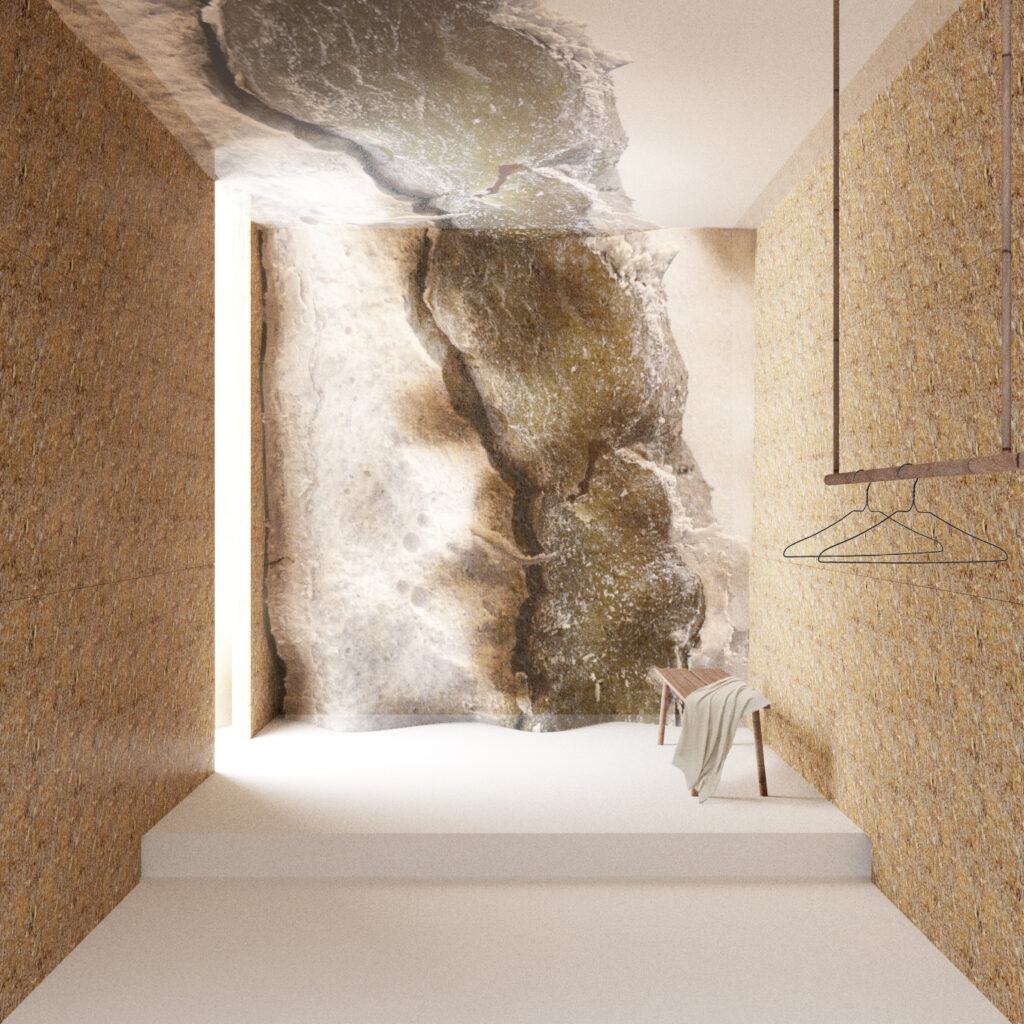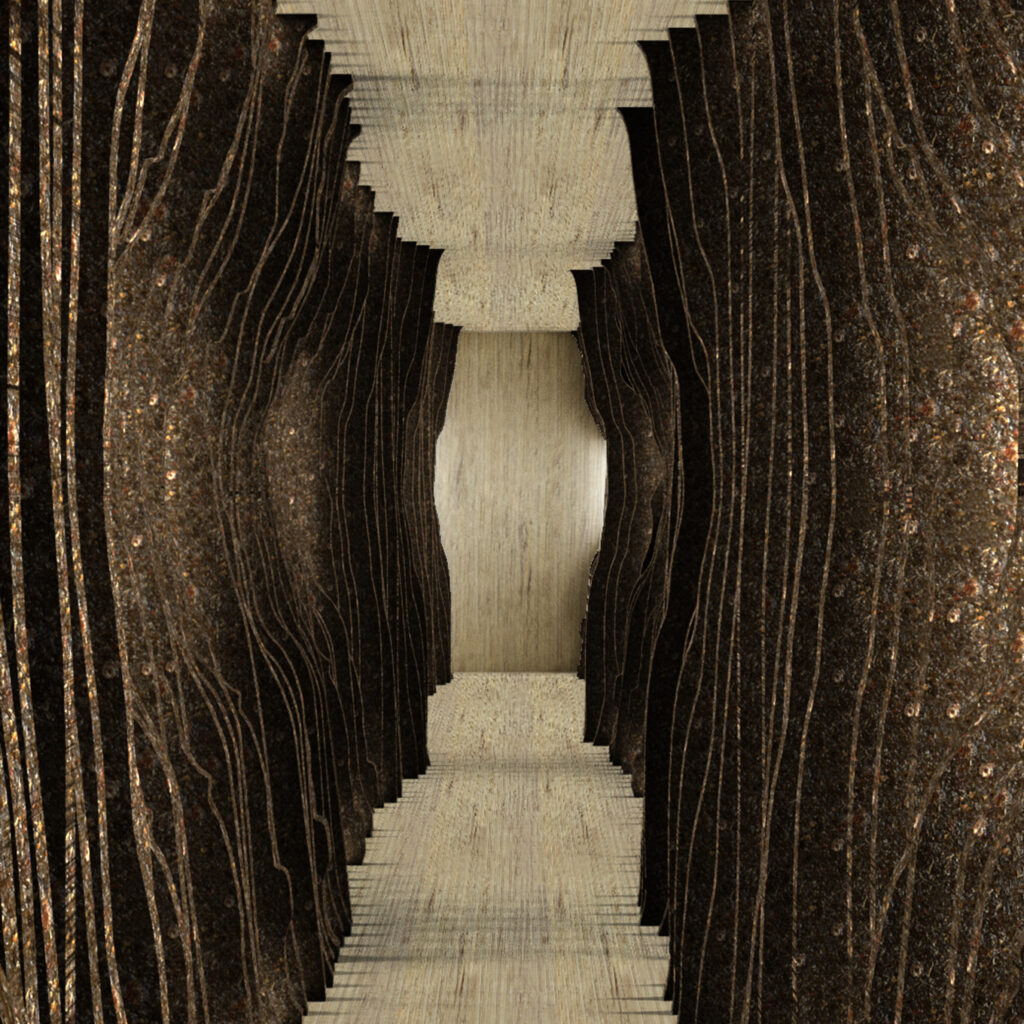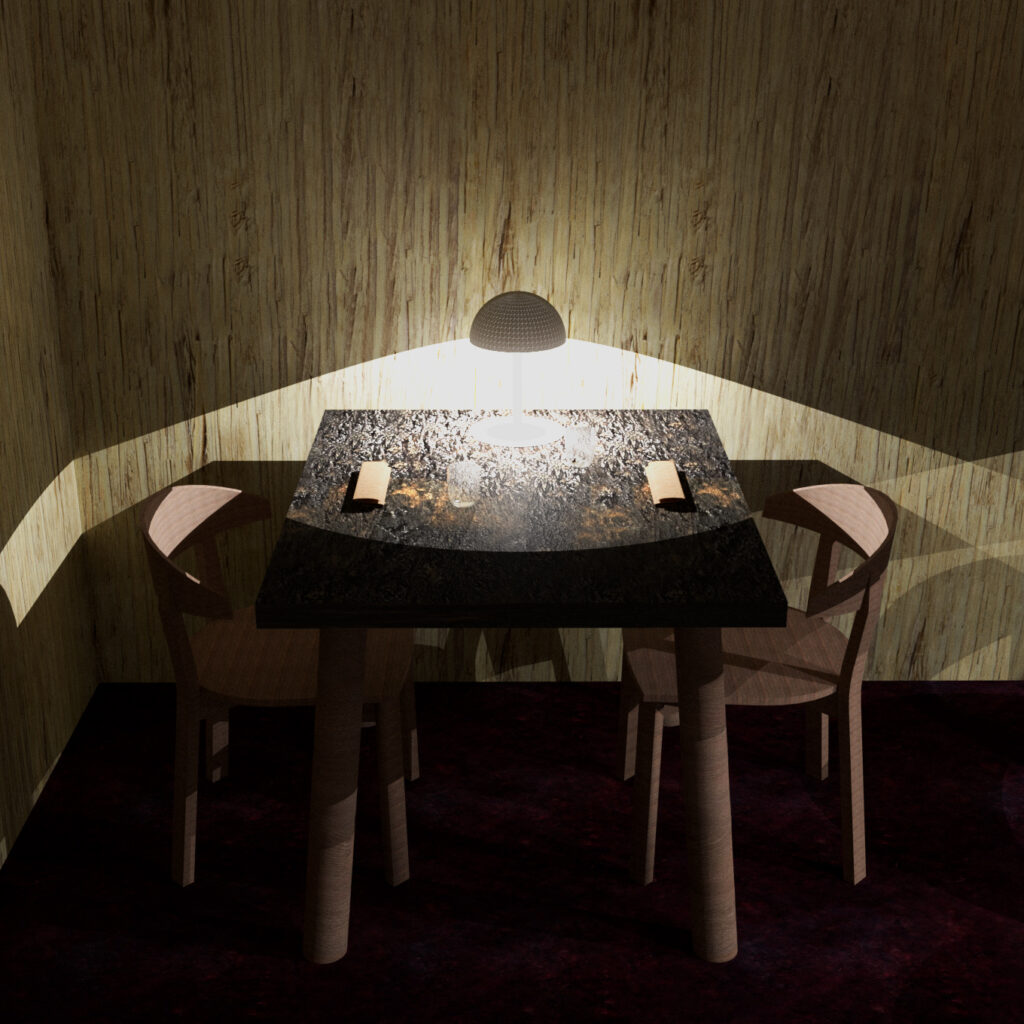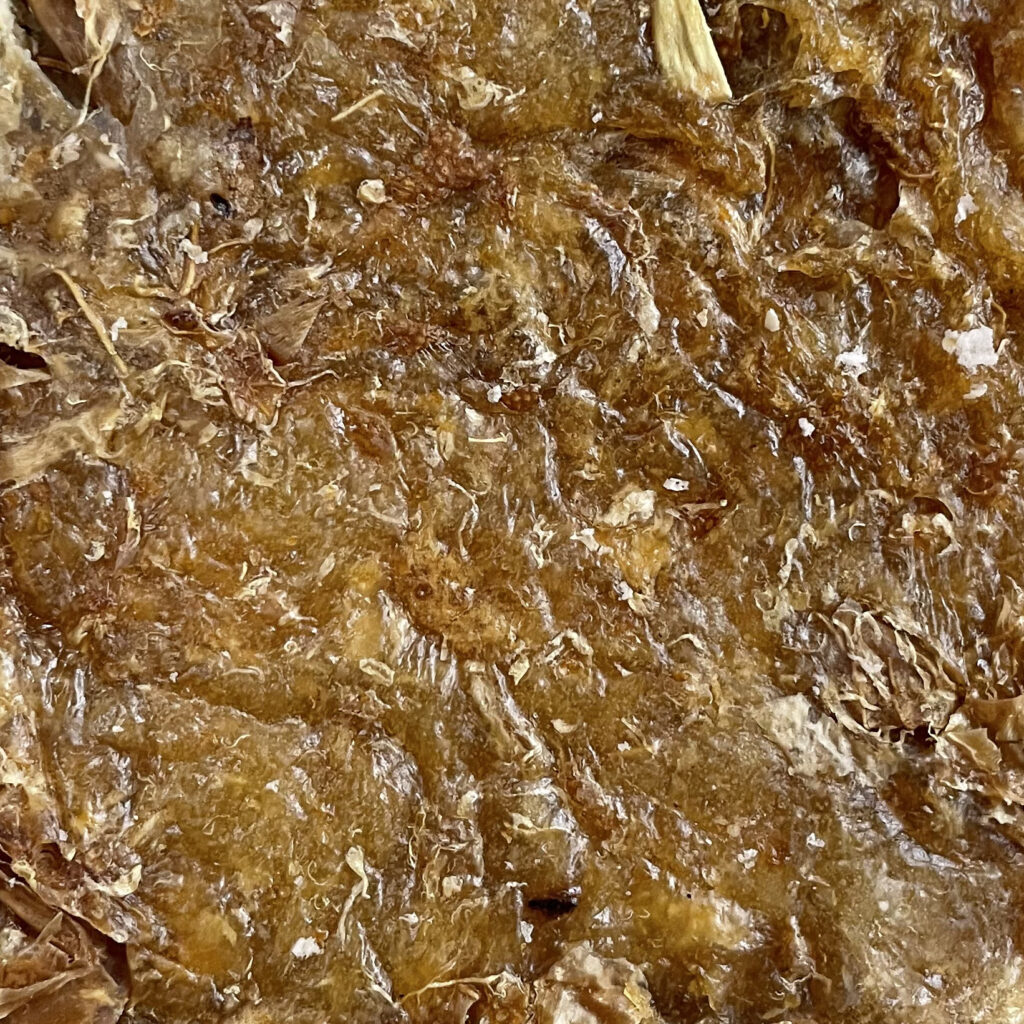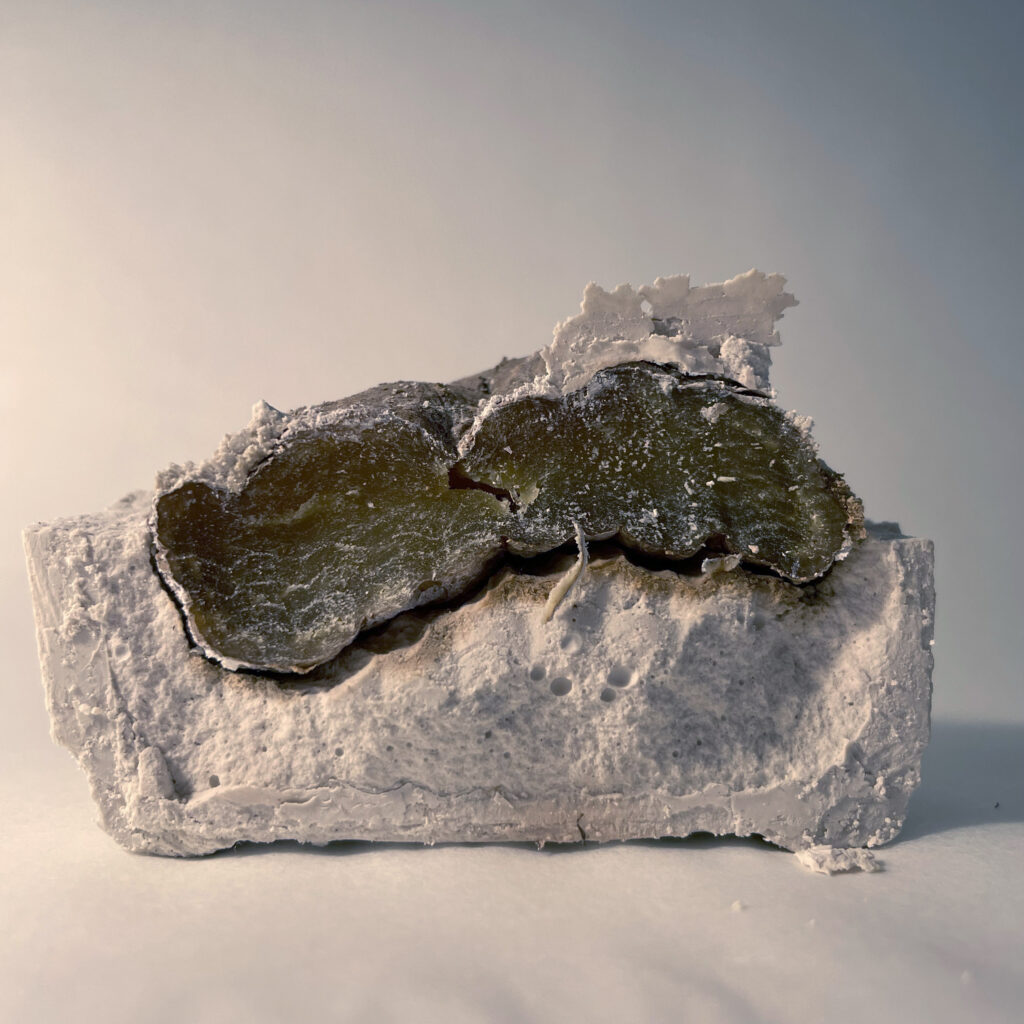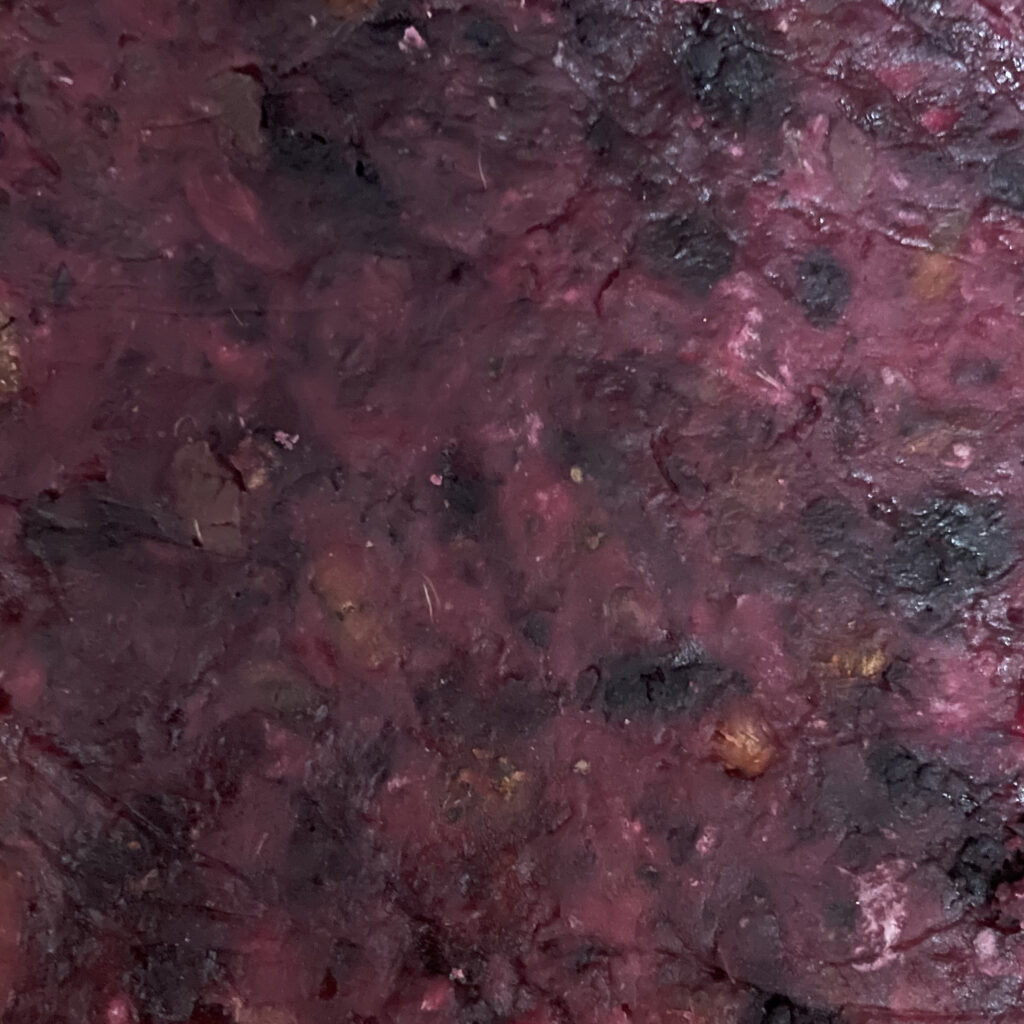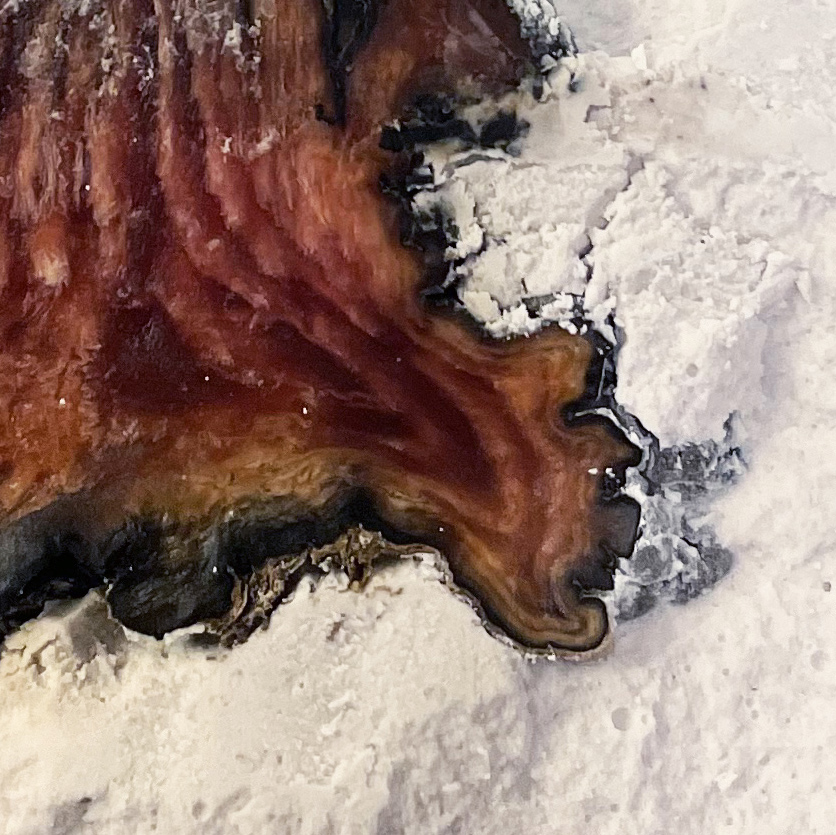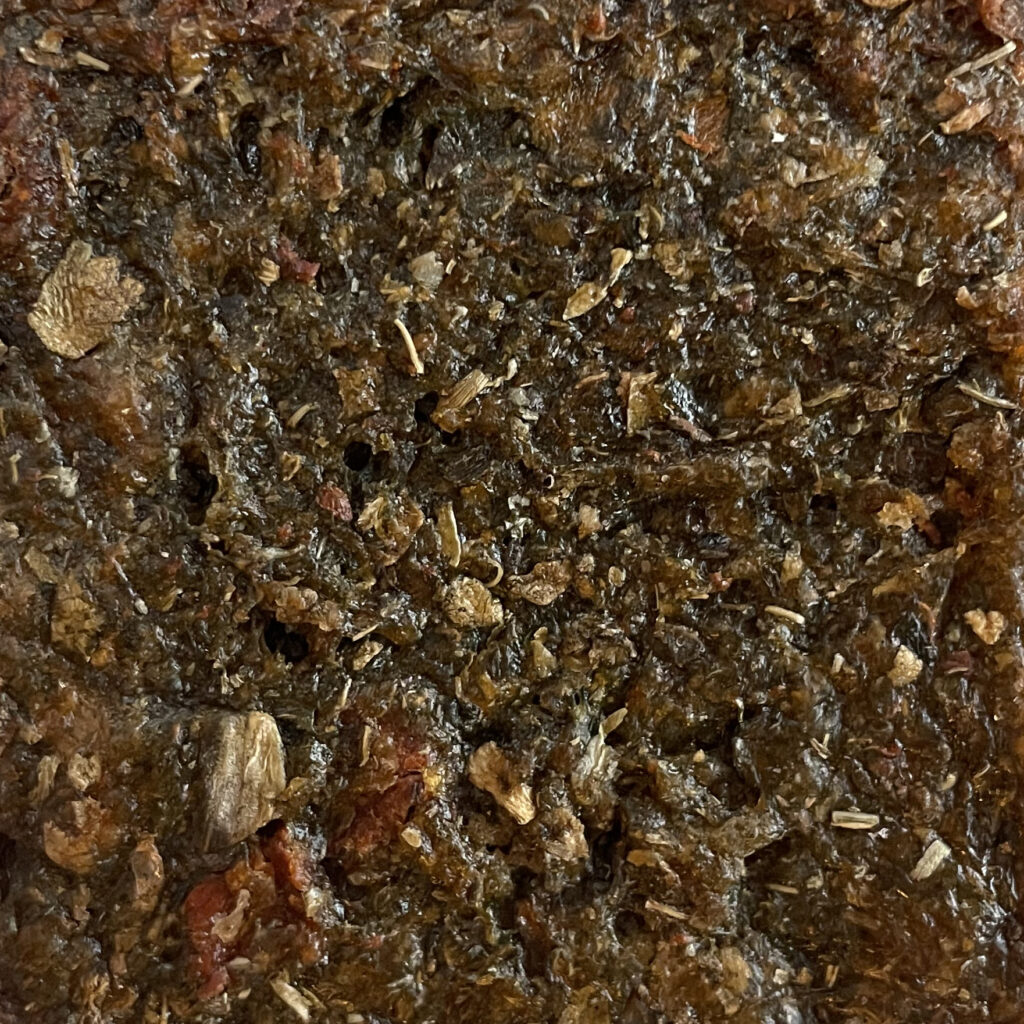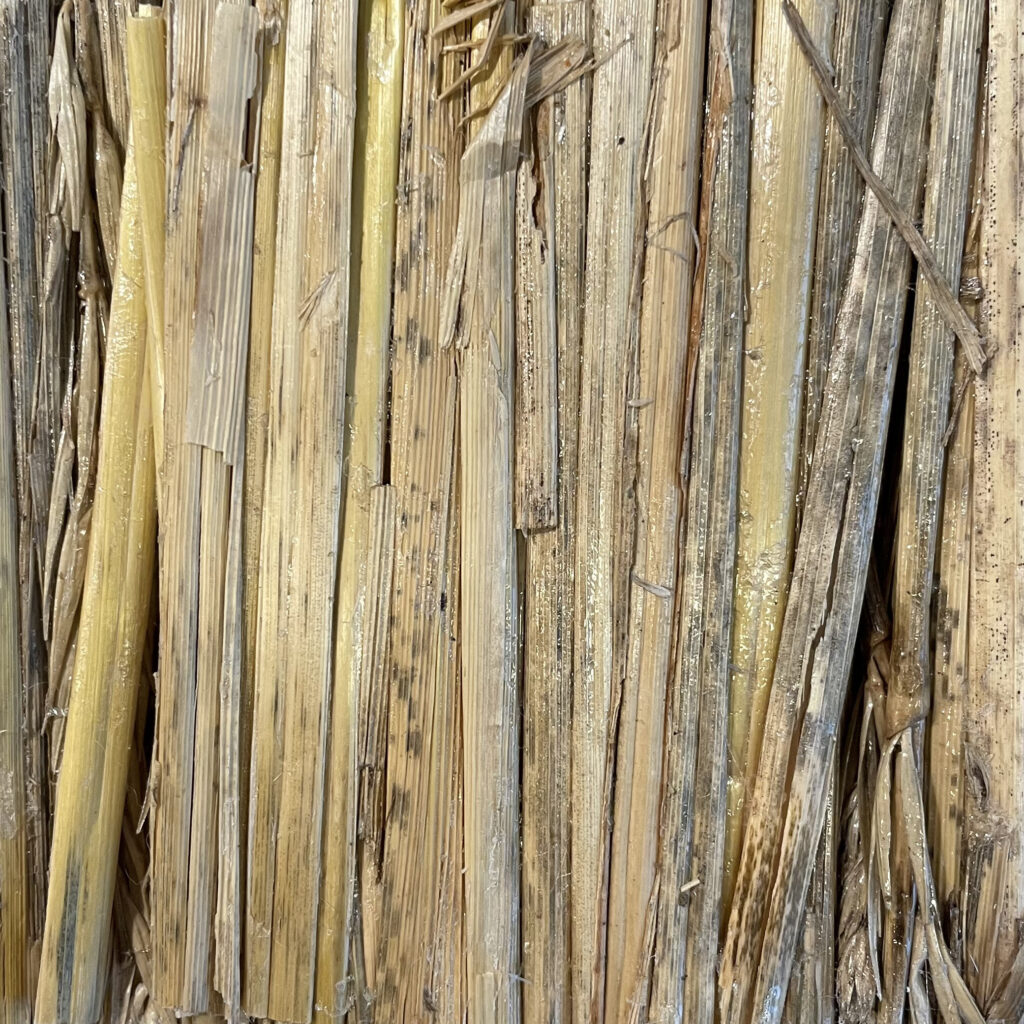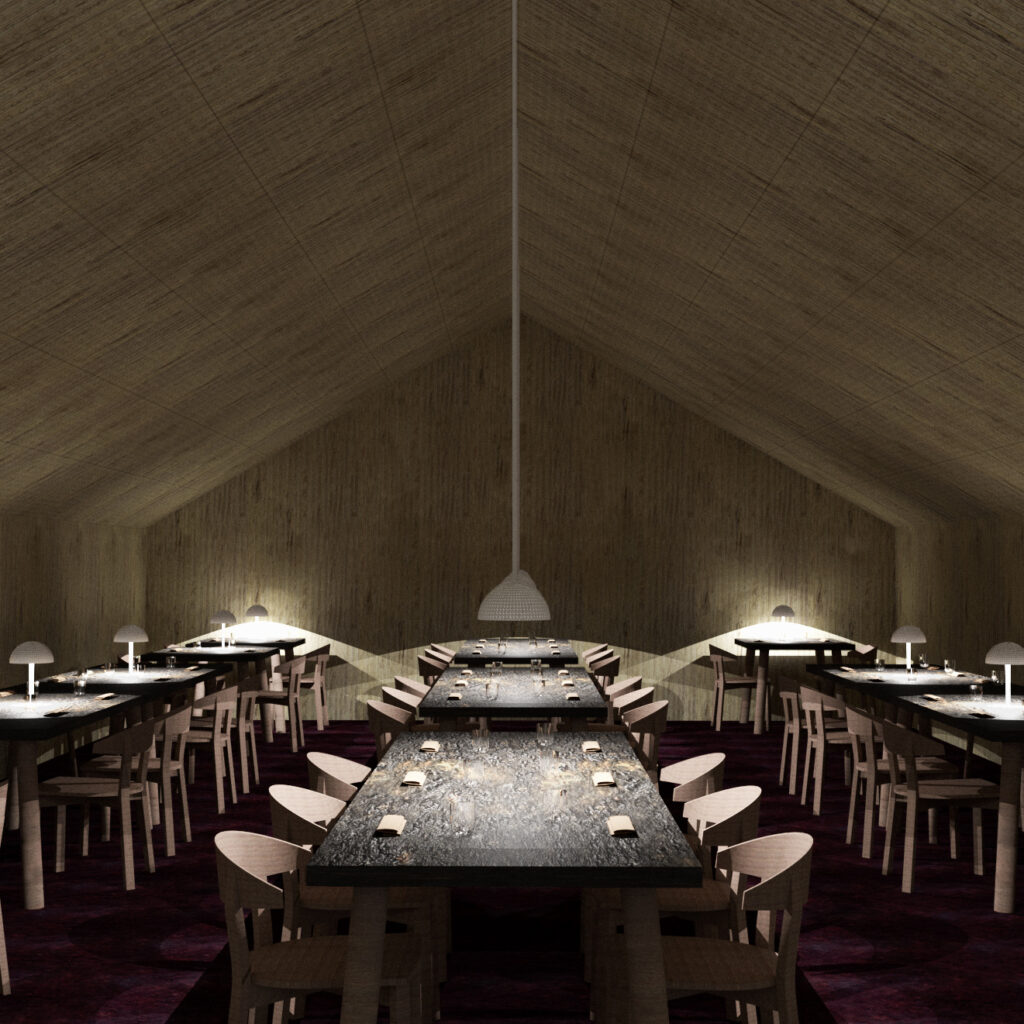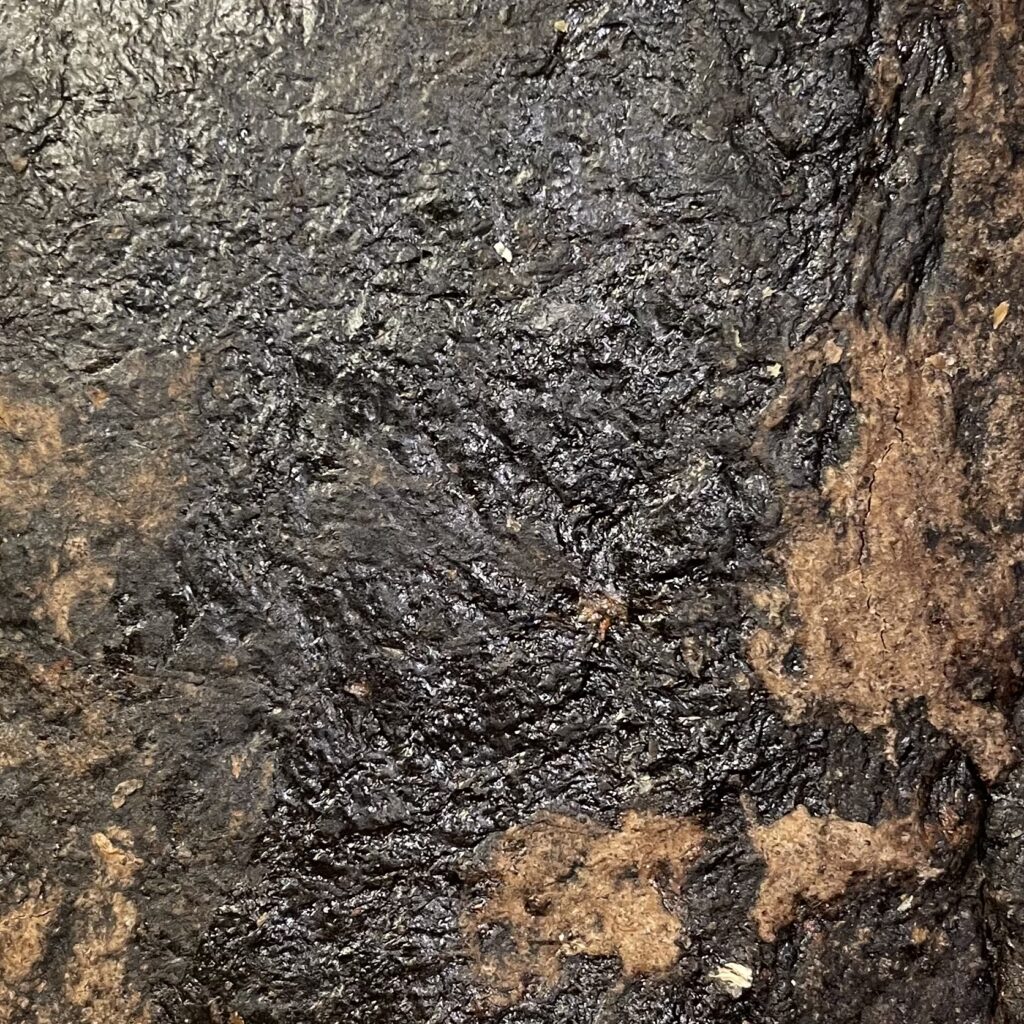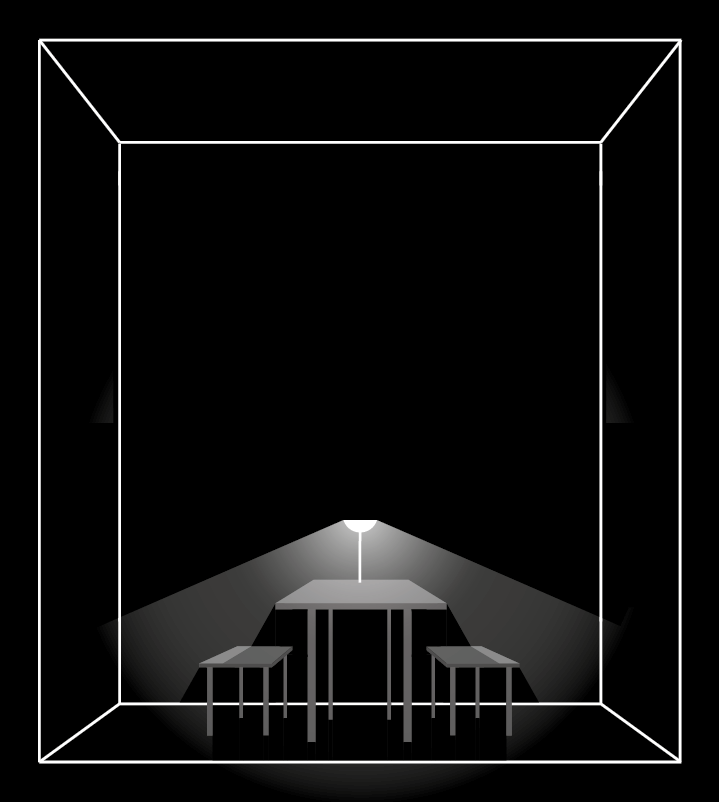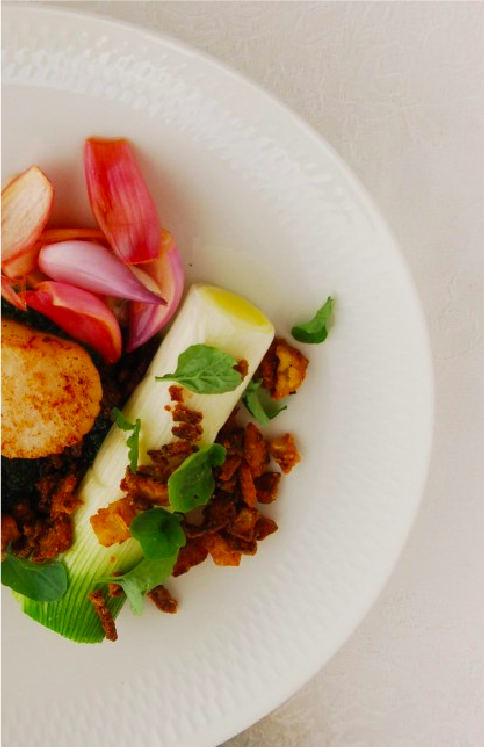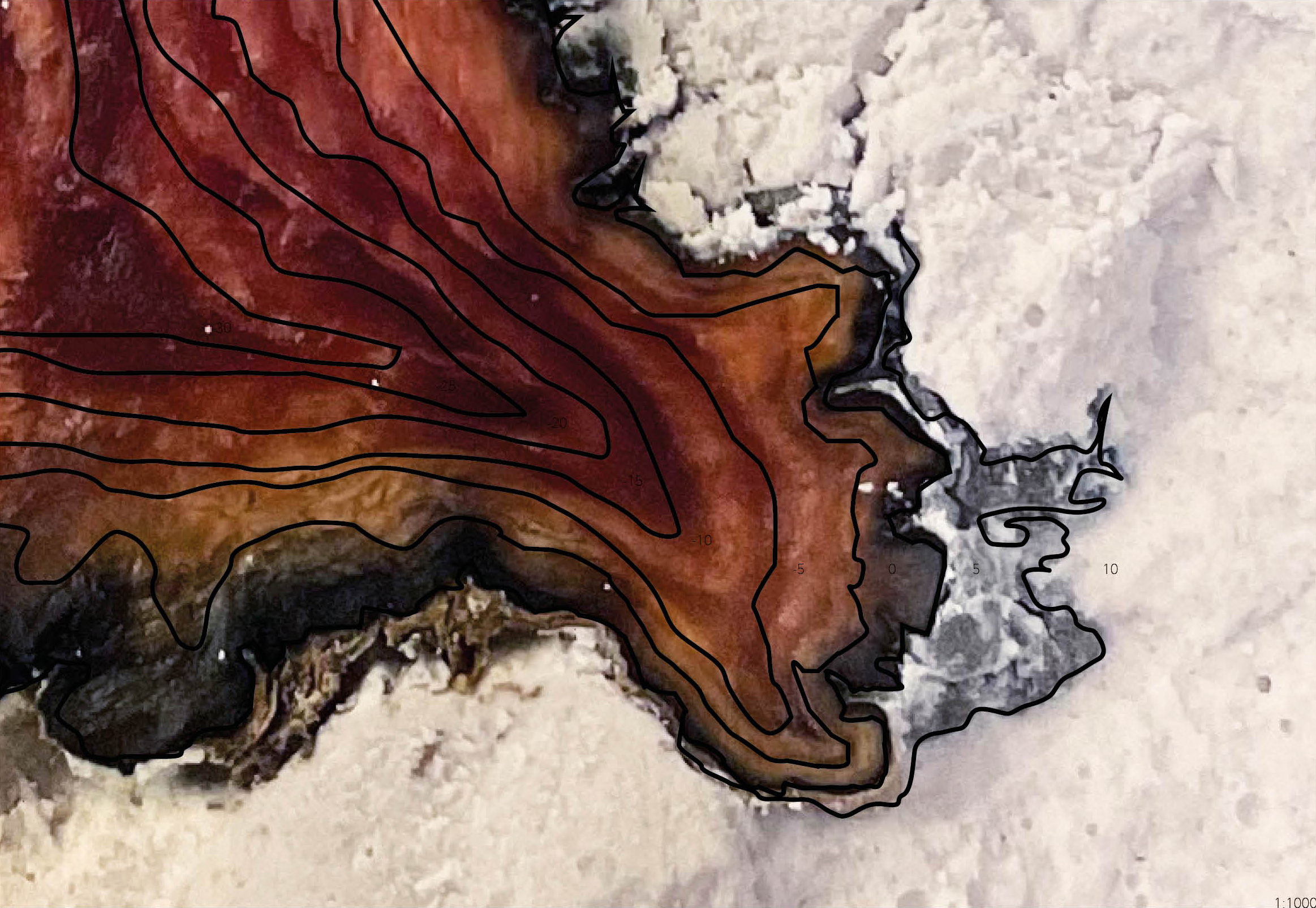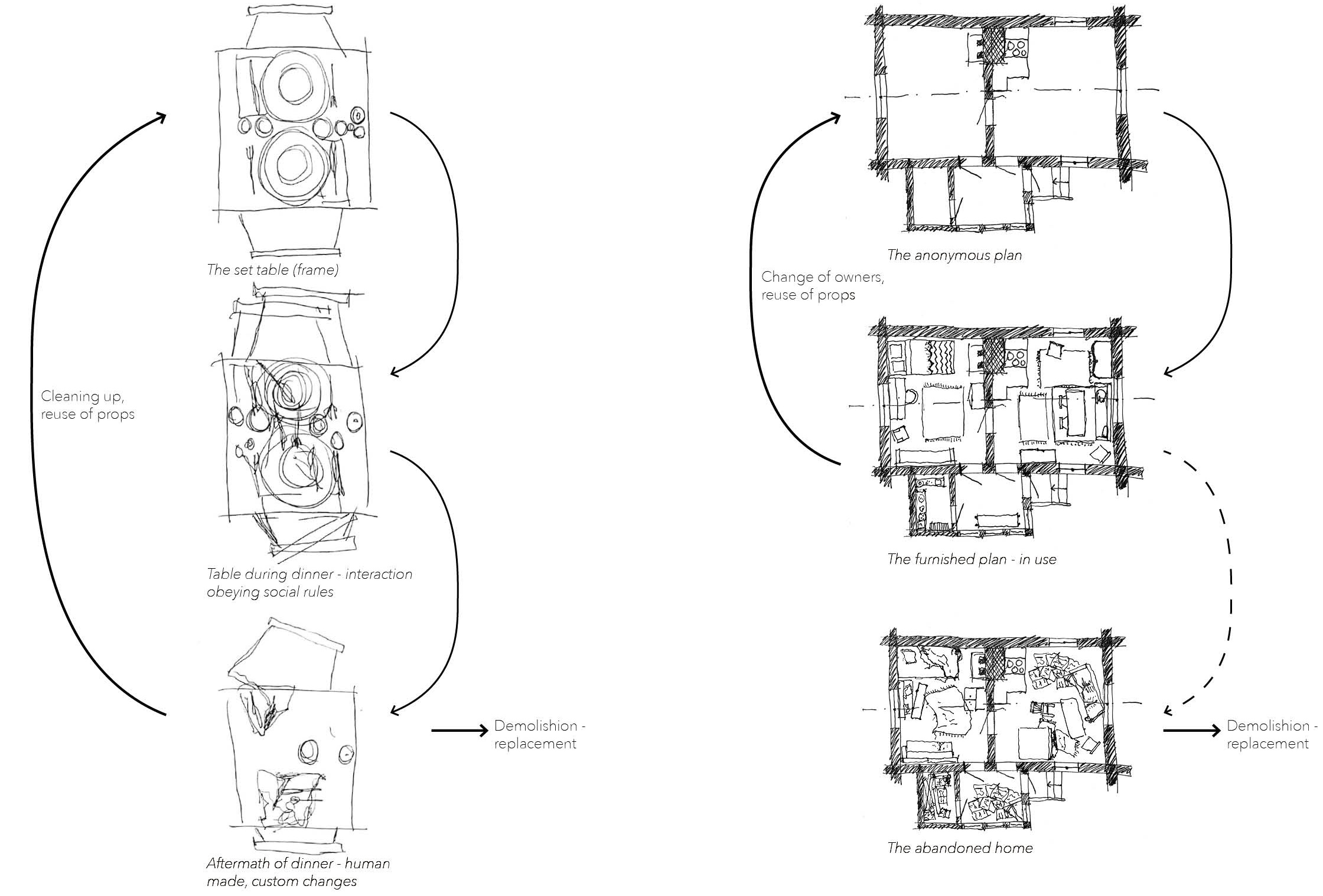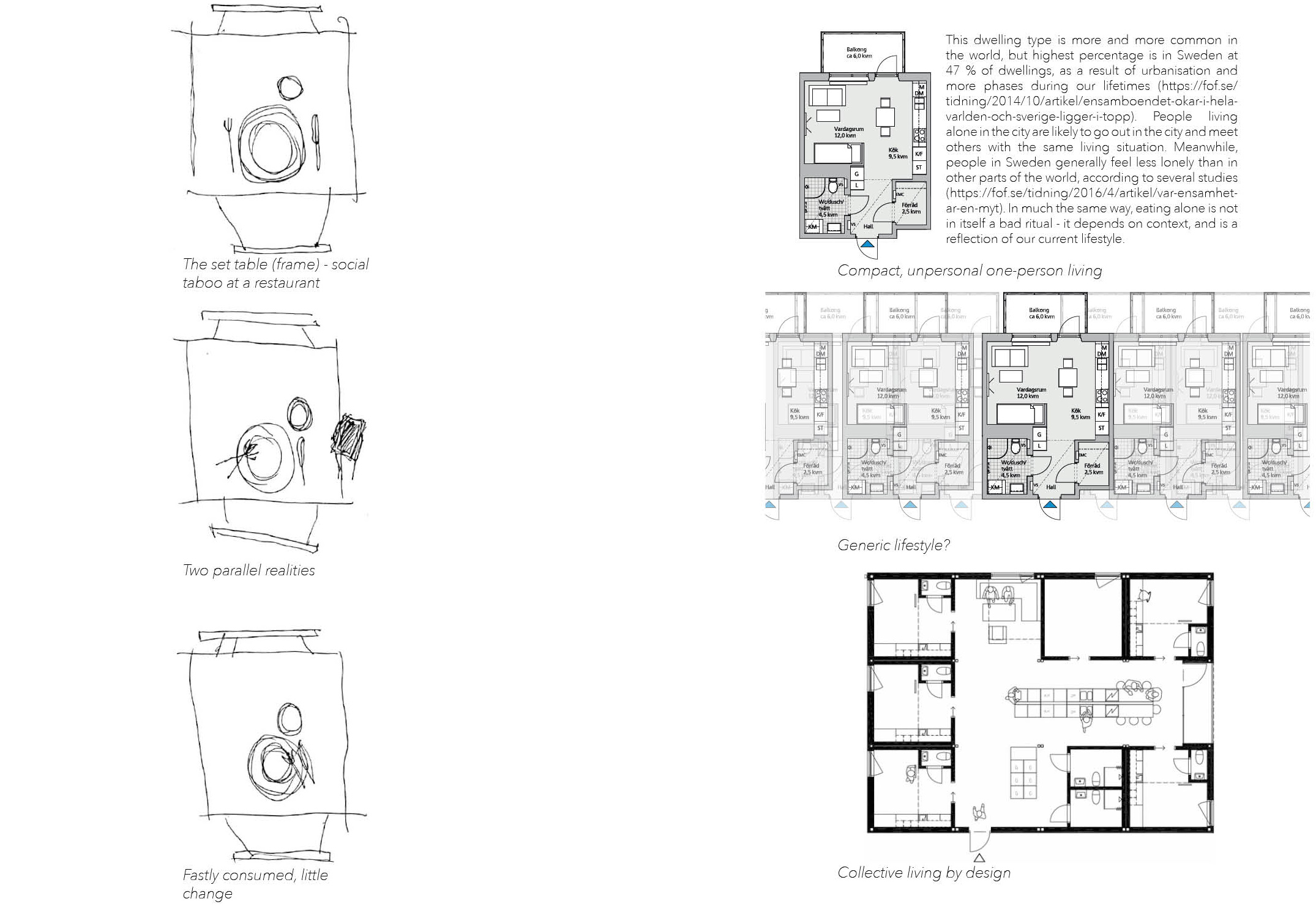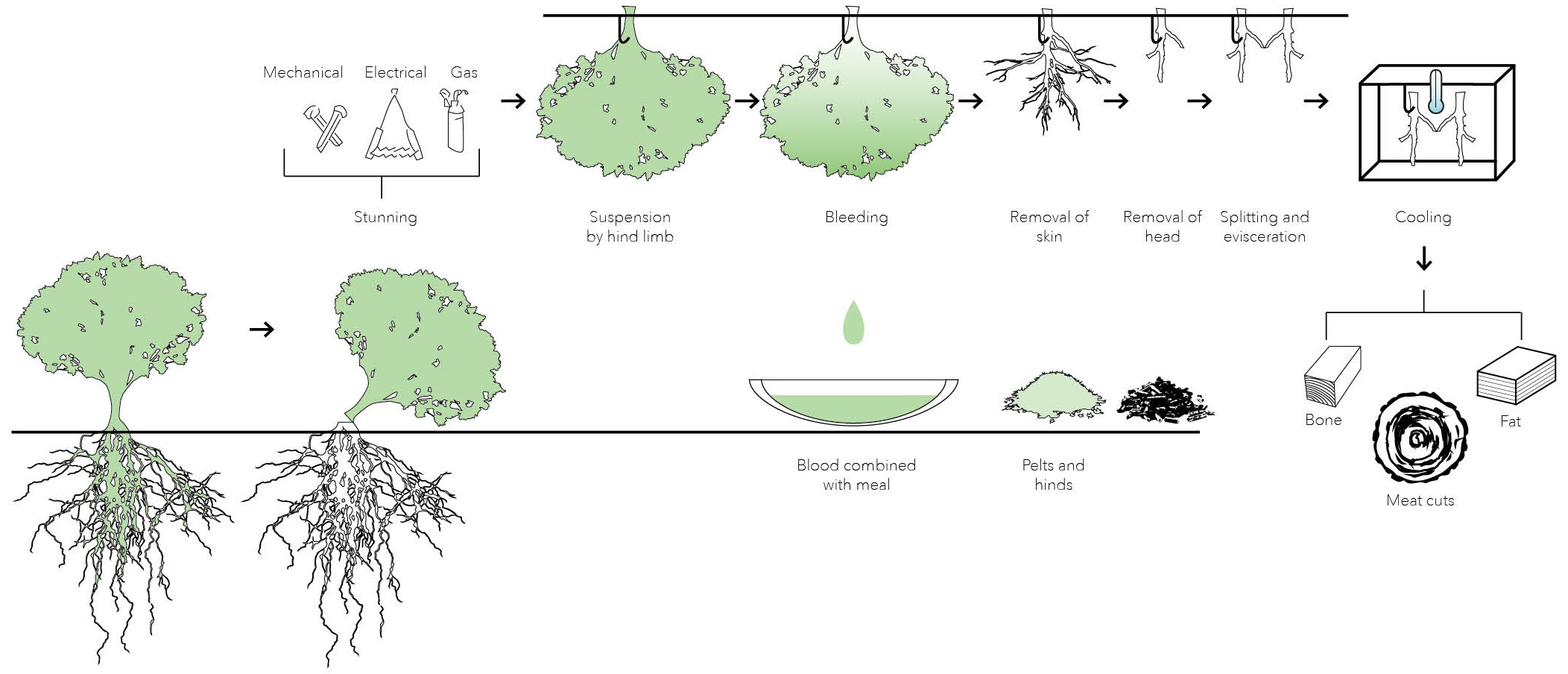Food is everything, and everything is food
This project is an exploration in the question of what the fields of food and architecture can learn from each other as a preparation for the Master Thesis project. I have investigated food as a design tool with sustainable goals of usage of resources and circularity.
The process in the MSS 3 has been very intuitive for me. Sometimes it has even been quite decoupled from the Master Thesis project, that will be more pragmatic. There, I will design a restaurant and production space for food where the design supports the local context in terms of identity and ecological low tech sustainability.
On this page, you find the result of the iterations.
On page 2, you find the background on the field and design strategy.
On page 3, you find a selection of the iterations in chronological order.
On page 4, you find my reference projects and literature.
Result
Architectural Application of the Iterations
Food Waste Composites and Analogies Between the Kitchen and Architecture
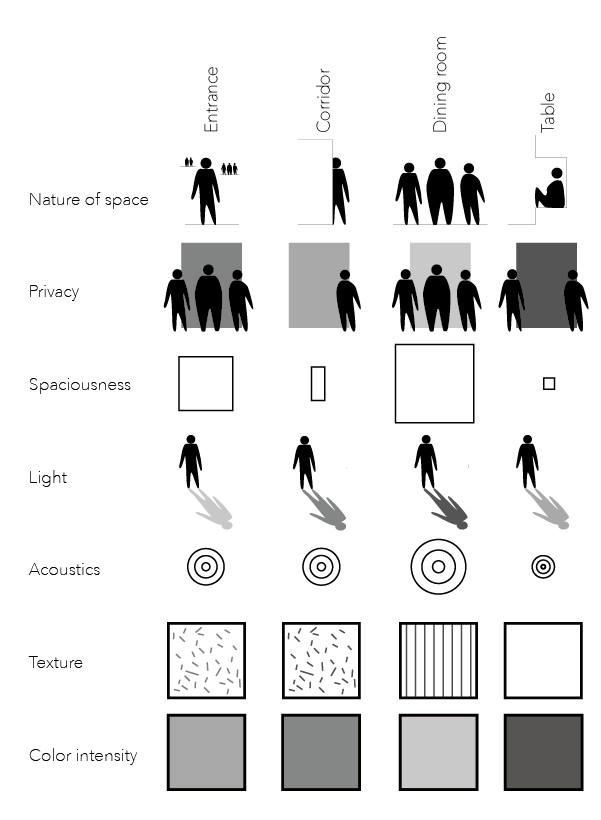
An Entrance, Variation 1
An Entrance, Variation 2
A Corridor
A Dining Area
A Table
A Table, Translation
A Landscape
A floor plan
A Section
A Garden
Food should be produced much more locally than it is today in order to cut transportations and eat within nature’s limits. Food produced locally means to eat the crops that naturally grow in the area, and according to their seasons.
Regenerative farming is to give back nutrition to the earth with the farmed land, making sure that eco systems benefit from the cultivation. This can be done by growing multiculture fields of crops so that, for example, the earth is boosted with nitrogen naturally. It is also about leaving the earth be for periods of time, so shifting area for growing annual crops with other types of cultivation, or to make use of different types of foods during different seasons of the year.
The New Nordic Kitchen manifesto (see p.70) is a set of guidelines for eating locally and regenerationally. A restaurant following these guidelines – NOMA – has three yearly seasons that is the vegetable season, the forest season, and the sea season.
In the shown example, the three seasons are shown in the forest, the garden and the sea. The building and garden also benefit from the weather by collecting energy and rain water. The rain water is used in the building water systems, and then collected to be cleaned and used to water the garden. The sun energy is used for electricity, and all biodegradable waste that isn’t reused or upcycled is compost and nutrition for the garden.
The garden is both for growing food and building materials, like straw bales and the food waste composite shown in this research.
New Nordic Kitchen Manifesto Translations
Credits: Hotel & Lab. New Nordic – Translation of the New Nordic Kitchen Manifesto – Miki Morita, 2015
- To express the purity, freshness, simplicity and ethics we wish to associate to our region.
- To reflect the changes of the seasons in the meal we make.
- To base our cooking on ingredients and produce whose characteristics are particularly in our climates, lanscapes and waters.
- To combine the demand for good taste with modern knowledge of health and well-being.
- To promote Nordic products and the variety of Nordic producers – and to spread the word about their underlying cultures.
- To promote animal welfare and a sound production process in our seas, on our farmland and in the wild.
- To develop potentially new applications of traditional Nordic food products.
- To combine the best in Nordic cookery and culinary traditions with impulses from abroad.
- To combine local self-suffiency with regional sharing of high-quality products.
- To join forces with consumer representatives, other cooking craftsmen, agriculture, fishing, food, retail and wholesales industries, researchers, teachers, politicians and authorities on this project for the benefit and advantage of everyone in the Nordic countries.
- To express the purity, honesty, simplicity and ethics we wish to associate to our region.
- To reflect the changes of the seasons in the architecture we design.
- To base our architectures on materials and produce whose characteristics are particularly in our climates, lanscapes and cultures.
- To combine the demand for comfort with modern knowledge of health and well-being.
- To promote Nordic architecture and the variety of Nordic design – and to spread the word about their underlying cultures.
- To promote environment and resources preservation in our Earth.
- To develop potentially new applications of traditional Nordic architecture and design.
- To combine the best in Nordic design method and traditions with impulses from abroad.
- To combine local self-suffiency with regional sharing of high-quality design.
- To join forces with client, other architect, engineer, material producer, and house retailer, researchers, teachers, politicians and authorities on this project for the benefit and advantage of everyone in the Nordic countries and the world.
My interpretation and simplification:
- Simple, pure and honest design choices, reflecting the local context
- Low tech architecture, supporting a stable indoor climate around the year
- Locally produced materials based on edible vegetables from the nearby area
- Healthy (both to humans and nature), natural materials
- Local resources, closing loops
- Regenerative, renewable materials
- Vernacular architecture – build to suit the landscape
- Use contemporary methods, tools and designs instead of completely remaking one style
- Semi-self-sufficient restaurant with local garden, self sufficient on local materials from the food residues
- Collaborating with people of relevant fields
